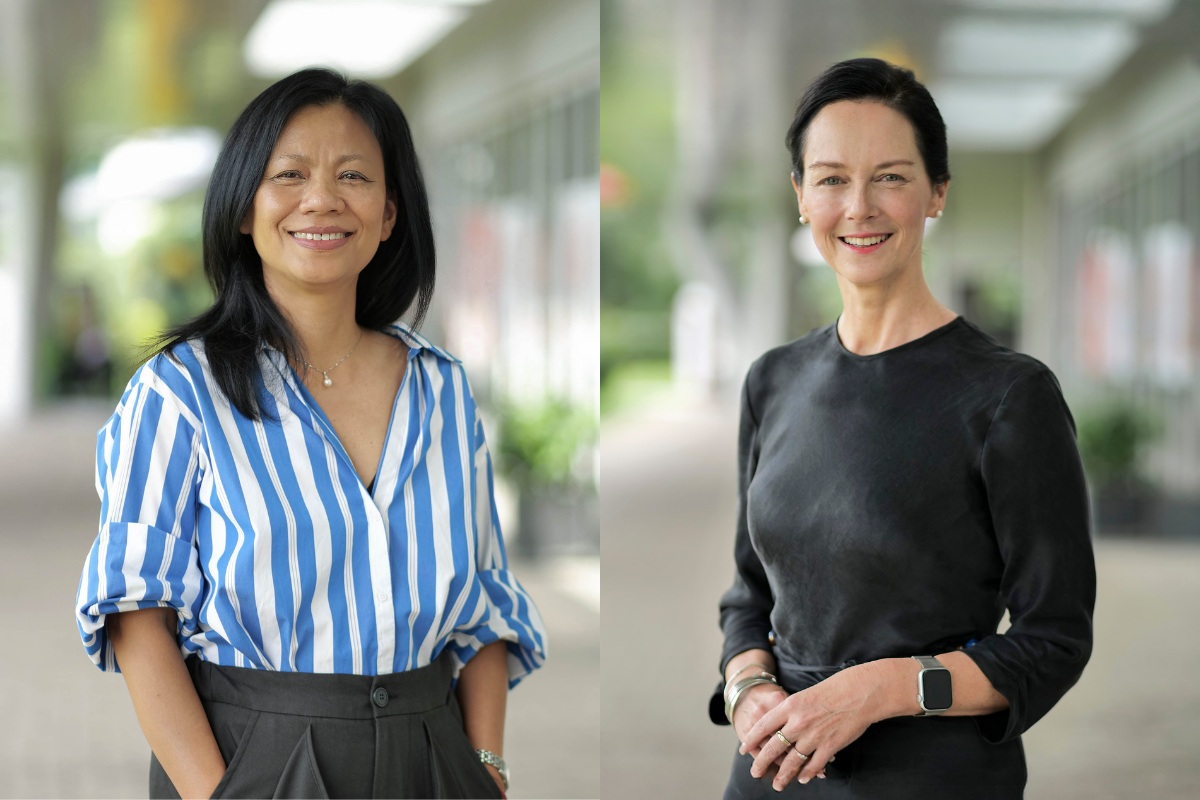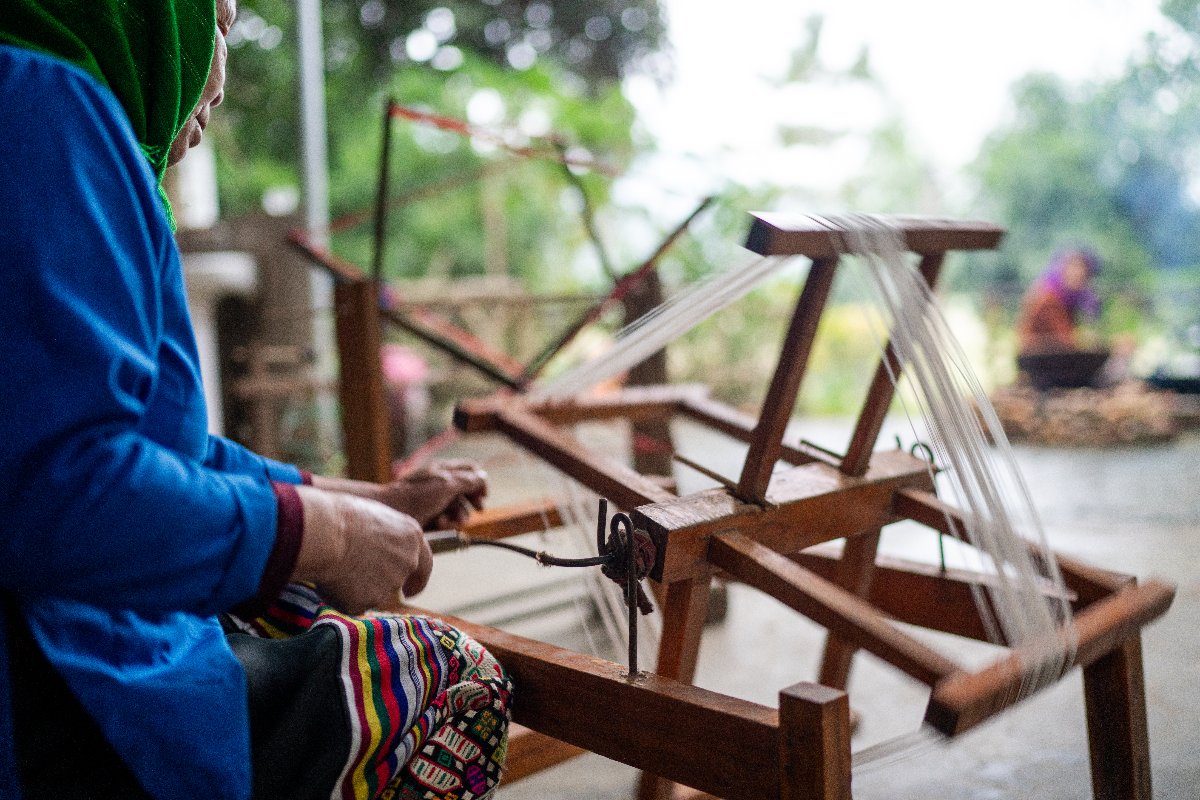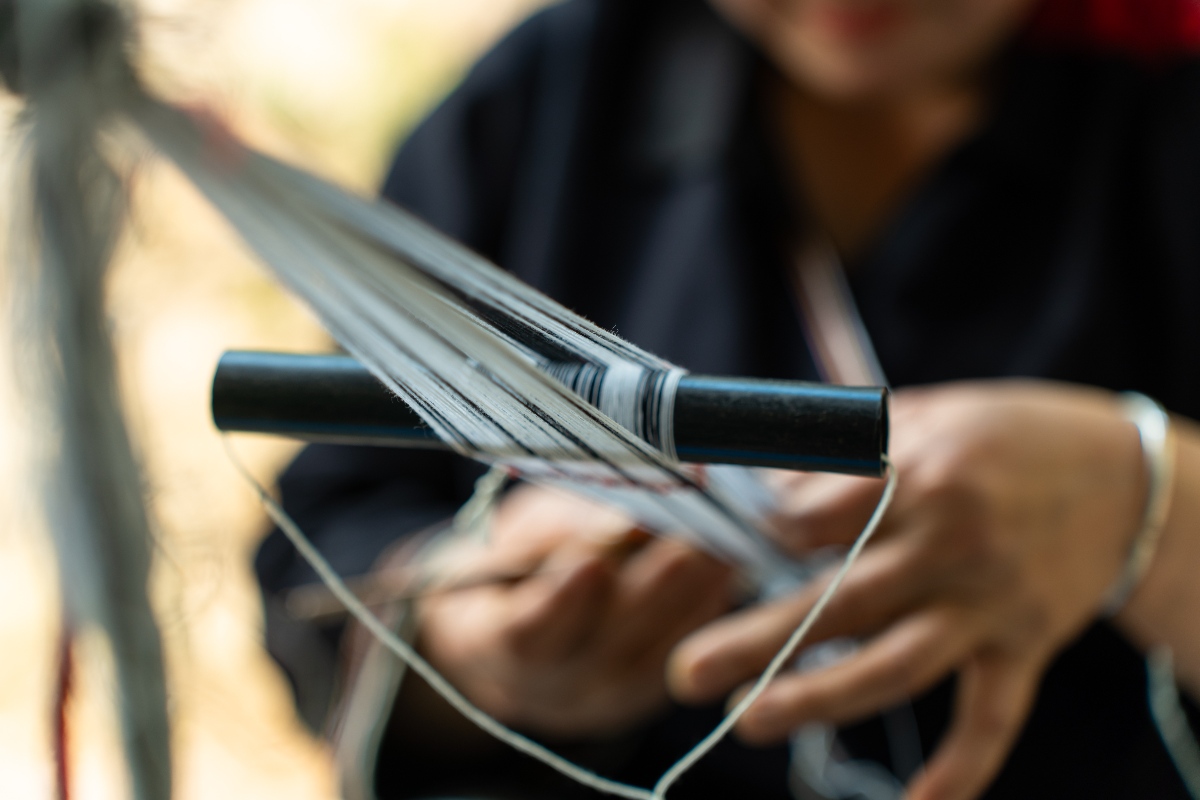
Amid global shifts and growing calls for sustainability and cultural preservation, Associate Professor Donna Cleveland, Dean, and Ms Lam Hong Lan, PhD candidate and Associate Lecturer, both from RMIT’s School of Communication & Design, reflect on the evolving role of micro and small enterprises (MSEs) in Vietnam’s creative economy.
Drawing on academic insights and real-world examples, they examine where Vietnam’s creative economy stands today, what the next 25 years may hold, and what actions are needed to unlock its full potential.
The creative economy is a growing concept that blends culture, creativity, and technology to drive economic and social progress. It encompasses sectors such as fashion, film, design, crafts, and gaming - offering not just commercial potential but also contributions to cultural identity, inclusivity, and sustainability.
 According to Ms Lam Hong Lan (left) and Associate Professor Donna Cleveland (right), micro and small enterprises (MSEs) are central to Vietnam’s creative economy, deeply rooted in culture, driven by community, and increasingly powered by digital innovation. (Photo: RMIT)
According to Ms Lam Hong Lan (left) and Associate Professor Donna Cleveland (right), micro and small enterprises (MSEs) are central to Vietnam’s creative economy, deeply rooted in culture, driven by community, and increasingly powered by digital innovation. (Photo: RMIT)
In Vietnam, micro and small enterprises (MSEs) - those with fewer than 50 employees - form the backbone of the creative sector. These businesses are agile, deeply rooted in community, and often driven by cultural heritage. Many have successfully leveraged digital platforms and social media to create niche markets for sustainable and culturally resonant products.
Notably, three Vietnamese cities like Hanoi (design), Hoi An (crafts), and Da Lat (music) have joined UNESCO’s Creative Cities Network, while Vietnam ranks among the top three developing countries for creative product exports, reaching over USD 14 million in 2020. However, challenges persist. Fashion MSEs are struggling with limited access to finance, scalability issues, and unclear regulatory frameworks that fail to accommodate the unique structures of informal labour and community-based production.
Looking ahead, Vietnam’s creative economy will increasingly be shaped by three forces: digital innovation, sustainable practices, and cultural entrepreneurship. Fashion-focused MSEs are poised to lead this shift by adopting circular business models, embedding heritage into contemporary design, and strengthening local partnerships.
 From AI-powered fashion design to zero-waste production, creative MSEs are embracing innovation to align heritage with sustainability and global competitiveness. (Photo: Vietnam Design Research Studio)
From AI-powered fashion design to zero-waste production, creative MSEs are embracing innovation to align heritage with sustainability and global competitiveness. (Photo: Vietnam Design Research Studio)
Technological advancements will play a crucial role. AI-assisted design, virtual sampling, and 3D prototyping will enable small brands to reduce waste, improve production speed, and remain competitive globally. For example, KHAAR uses AI to reconfigure fabric waste into new designs, while Moi Dien merges technology with traditional craftsmanship passed down by retired seamstresses, blending innovation with intergenerational knowledge.
Collaborative design and ethical sourcing will become even more important. Brands like Kilomet109 and Linht Handicraft are demonstrating how respectful, long-term partnerships with artisan communities not only produce unique products but also support innovation grounded in trust.
At the same time, younger generations, especially Gen Z, are driving demand for sustainable and story-rich fashion. They support brands like Dong Dong, which recycles industrial waste into accessories, and seek out labels that reflect personal values and cultural roots. These consumers expect transparency, ethical sourcing, and meaningful narratives behind the products they buy.
As MSEs embrace zero-waste design, local production, and digital platforms, they have the potential to influence both domestic markets and international perceptions. With the right support, Vietnam could emerge as a global leader in culturally grounded, environmentally responsible fashion and offer a model of how creativity and sustainability can co-exist.
To fully realise the promise of MSEs in Vietnam’s creative economy, a national long-term strategy is essential. One immediate priority is the development of clearer regulatory frameworks, particularly around tax and labour. Many MSEs rely on informal networks, including ethnic artisans and retired seamstresses, who are often excluded from traditional financial systems. Tailored tax incentives and simplified policies could help formalise their contributions and scale impact, while remaining true to their social and cultural values.
 Education and institutional support such as RMIT Vietnam’s industry-aligned programs play a vital role in nurturing the next generation of socially and environmentally responsible creative leaders. (Photo: Vietnam Design Research Studio)
Education and institutional support such as RMIT Vietnam’s industry-aligned programs play a vital role in nurturing the next generation of socially and environmentally responsible creative leaders. (Photo: Vietnam Design Research Studio)
Public infrastructure also needs strengthening. Government-backed initiatives such as national fashion showcases or curated creative marketplaces could enhance the visibility and commercial success of small brands. Vietnam could learn from countries like South Korea and China, where public investment in creative industries has fuelled national pride and global recognition.
Education is another crucial pillar. Integrating sustainability, design thinking, and entrepreneurship into secondary and tertiary curricula would prepare students to thrive in a value-driven creative economy. Public awareness campaigns can also shift consumer perceptions and foster appreciation for co-designed, recycled, and ethically made products.
RMIT Vietnam is already contributing to this transition. The School of Communication & Design embeds sustainability and cultural relevance into its programs, with a clear vision to become a regional hub for creativity and innovation. This ambition is reflected in the School’s strong track record of student achievement, with students consistently earning national and international recognition, including being the most awarded university at Vietnam Young Lions for three years running. These successes are backed by strong industry partnerships and cutting-edge research in co-design, circular fashion, and material innovation. By connecting education with industry and community, RMIT is helping shape a generation of creative leaders who are not only skilled, but also socially and environmentally responsible.
Looking ahead, what gives the academics hope is the alignment of three key forces: growing government recognition of the creative industries, local communities embracing more ethical and regenerative practices, and the emergence of a new generation of designers and makers who are globally aware, digitally fluent, and grounded in Vietnamese culture.
Both believe the next 25 years will be defined not only by what we produce, but by how we produce it: with care, with conscience, and with a deep respect for the stories, people, and places that shape our work. This is Vietnam’s chance to lead by example and show the world how creativity, sustainability, and cultural identity can build a future that is both meaningful and lasting.
Vietnam 2050: The vision ahead is a thought leadership series powered by RMIT Vietnam’s academic experts, exploring what Vietnam could become over the next 25 years. Each article unpacks potential major shifts – from smart cities and education to tech and entrepreneurship – offering bold predictions and practical ideas for a future-ready nation. Discover more insights here.
Story: Quan Dinh H.
Masthead image: Vietnam Design Research Studio
Thumbnail image: Vietnam Design Research Studio
Blended learning is reshaping how communication students learn, collaborate, and equip themselves for a rapidly evolving industry, according to academics from RMIT Vietnam’s School of Communication & Design.
AI should not only drive efficiency and innovation but also empower individuals who have historically faced barriers, said Dr Abdul Rohman from RMIT Vietnam’s School of Communication & Design.
As global heritage faces threats from war, urbanisation and climate change, a race to digitise culture has emerged and Vietnam is beginning to find its place.